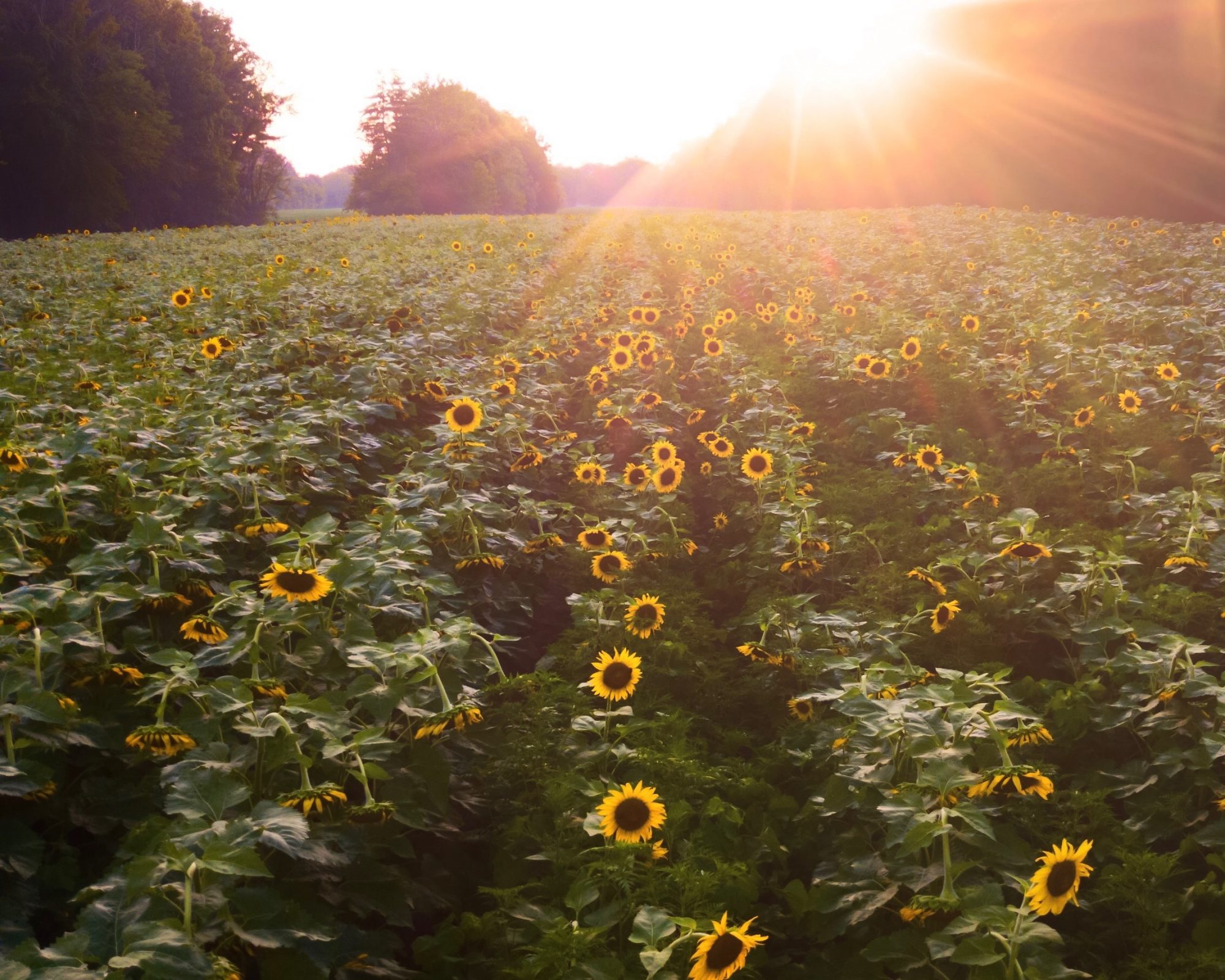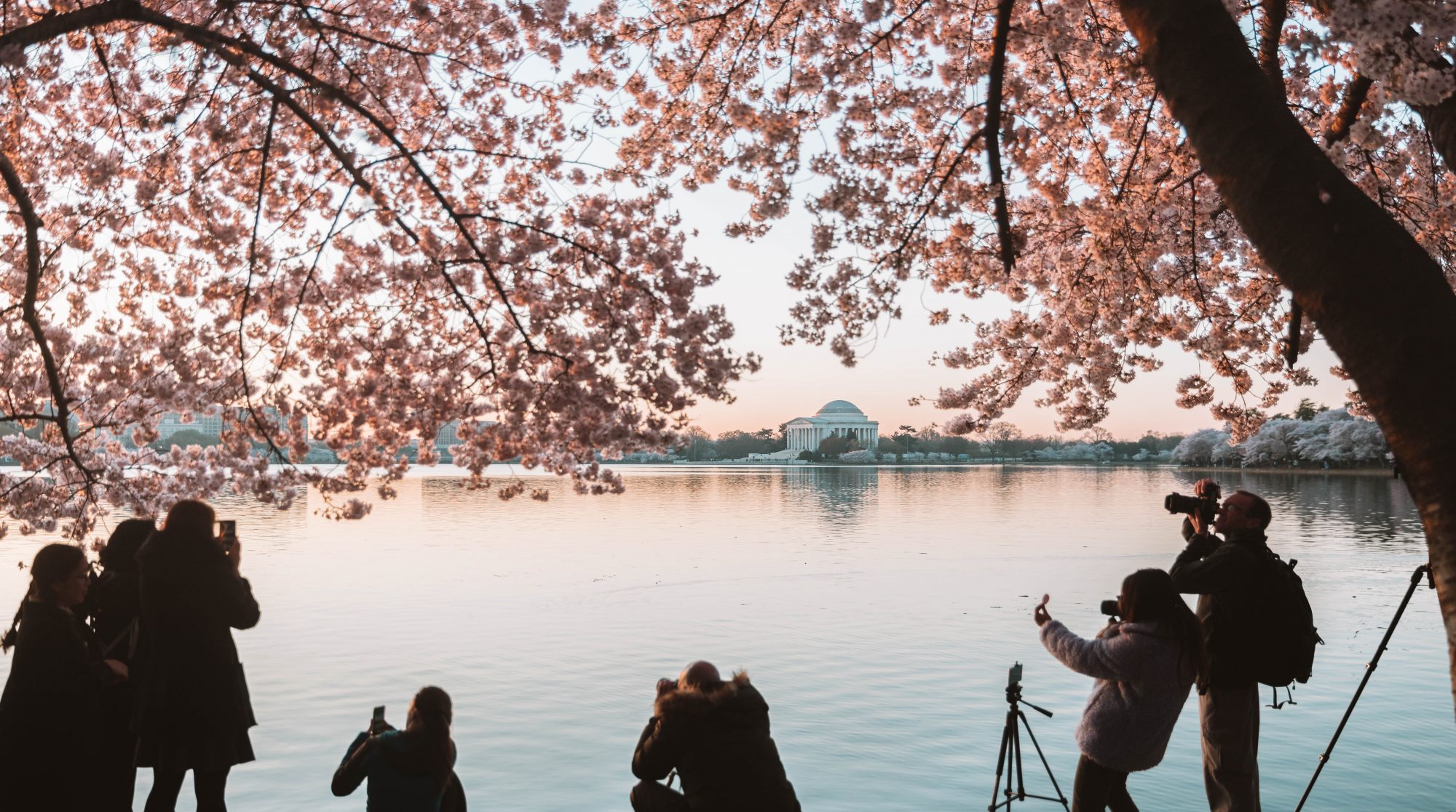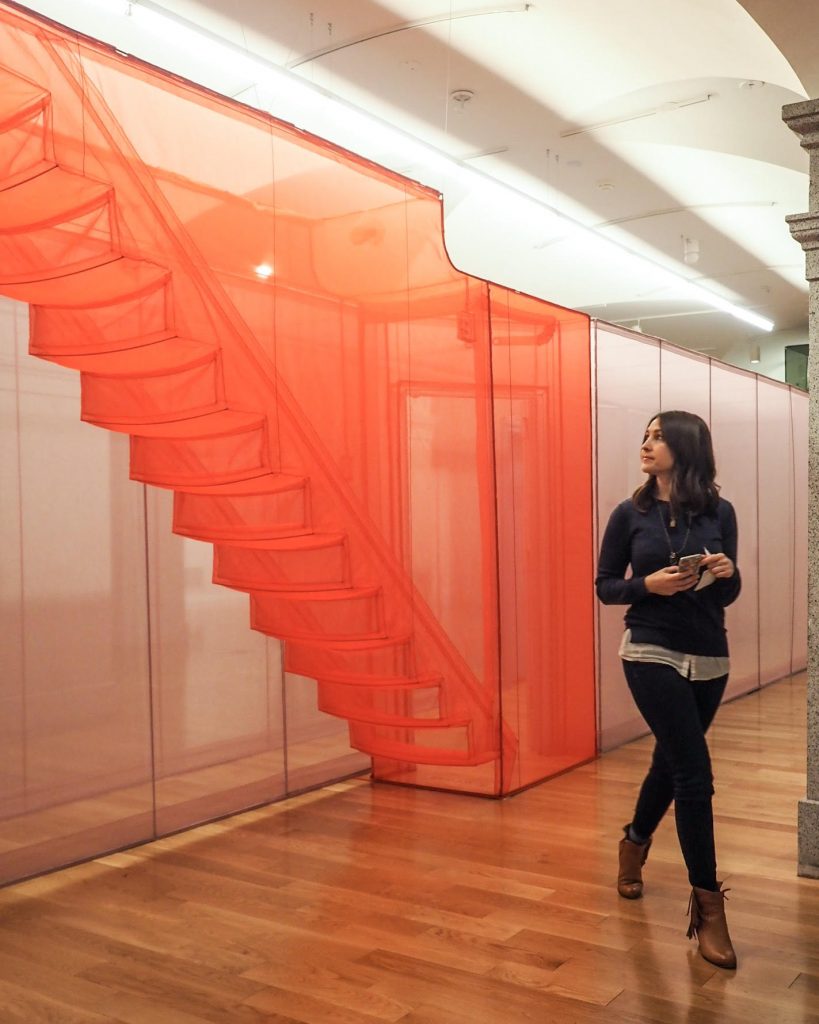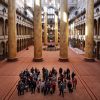On Saturday, IGDC made the annual trek to see the sunflower fields at McKee-Beshers Wildlife Management Area. We’ve been visiting the fields since 2012 and it is always inspiring no matter what condition things are in. This year, the fields have taken quite a beating in the recent rainstorms and it showed. The flowers were a bit droopy and the rows were quiet overgrown with weeds which made it difficult to get into the middle of the field this year. The sunflowers were taller than normal, likely due to the wet summer we’ve had and so our ladders really came in handy. No matter the challenges this year, photographers still captured some terrific images and we all had fun exploring together. Some of our favorites are included below.
We are often asked why the sunflowers are there and it’s to regulate wildlife. The primary reason is to provide a food source for mourning doves and other wildlife but they also provide nectar and pollen for many species of bees. A favorite sight is to see Indigo Buntings darting around the yellow fields. It’s important to note that regulations prohibit the cutting, destruction or removal of any plants from these areas so we take every precaution not to disturb the fields. We never want to our actions to have negative consequences and hope if you’re reading this, you also respect the fields. McKee-Beshers has become increasingly popular and we don’t want bad behavior to force Montgomery County to restrict access to the fields.
To visit, we always recommend tall boots and/or water-tight footwear (sandals aren’t wise). The fields can be muddy and you might encounter snakes and snapping turtles so protect your legs and feet. It’s also always hot and steamy in the fields so prepare to sweat for your photos. You should also take sunscreen since there is very little shade and bug spray is crucial. Bees are everywhere but they leave you alone and should not be killed. Wildlife you might encounter: snakes, all varieties of bugs, deer, turkeys, ducks, turtles, songbirds.











